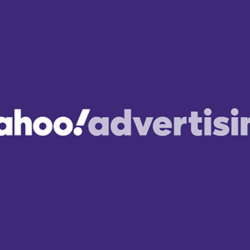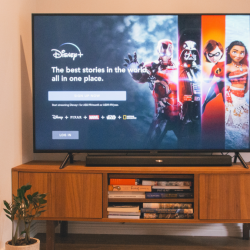My colleague, Ramsey McGrory, likes to say that if linear television and programmatic digital had a baby it would be Connected TV (CTV). It’s an apt analogy as CTV embodies certain aspects of both of those channels. For marketers, CTV looks a lot like the programmatic ‘parent’ with precision targeting and tracking. But, we’re also seeing the linear ‘parent’ shine through with engaging sight, sound, and motion.
Like Luke Skywalker’s Jedi powers, CTV has inherited traits that hold great promise but others that could be used for evil. In the programmatic world, pitfalls include non-viewable impressions and fraud. From a linear perspective, some watch-outs are ad avoidance and over-frequency. As our CTV baby matures, marketers and publishers alike must use the force for good in order for sustainable growth to follow.
Speaking of growth…
UK viewers reported spending 40% more time watching streaming and catch-up content and advertisers have followed those eyeballs. As a result, CTV advertising has grown at the fastest rate of any significant sector of digital marketing. But linear TV is not going away. In the US, Super Bowl LVI drew 113 million viewers overall with the vast majority watching broadcast and just 7 million consuming digital. These stats show it’s clear that, for the foreseeable future, marketers must take a converged approach to TV across screens.
But they can’t do this alone. Ad tech is playing a big role in the convergence of TV and digital. The most innovative platforms are combining linear and CTV inventory for planning, buying, and measurement. Meanwhile, advanced currency providers (ACPs) are using big data and processing to harmonize information from audiences across all screens. To quote another Ramsey-ism, ‘This is where measurement meets the money!‘
Too often though, these are happening as one-off instances, with each agency group or TV network choosing their preferred measurement and currency partners. This means, if you’re a buyer, you’re leaning on a system of record to stitch it all together and allow you to operate across linear and digital. And, of course, video is only one format in the omni-channel mix that marketers need to consider.
From a consumer perspective, we must be careful to preserve privacy with the use of data
This is something in the programmatic DNA that could plague CTV if left unchecked. Key considerations here are notice and choice. Viewers should have full visibility and control over how their information is accessed and used for advertising. These things need to be front and centre, not buried in T&Cs when setting up smart TVs. Our President, John Nardone, has even suggested going so far as putting QR codes in every CTV ad similar to AdChoices icons in digital display ads.
It’s true what they say — it takes a village to raise a child. We’re seeing a lot of people coming together — trade bodies, inventory providers, ACPs, ad tech platforms, agencies, and brands — to meet the moment for CTV. We have joint industry committees and other groups forming to map out standards and the topic is prevalent at just about every marketing conference on the circuit — especially heading into the 2024 Upfronts.
One of the key learnings from every era of media evolution is that objectivity and interoperability are key tenets to a thriving ecosystem. As CTV begins to establish its independence, it’s critical for stakeholders to ensure a balance of power. There will be fits and starts to be sure but over time, neutral and open systems will win out.
We’re certainly still early in the lifecycle of CTV and there are elements of nature and nurture in play when you consider its lineage of linear television and programmatic digital. We don’t have Yoda to mentor our young Jedi but the spirit of ‘patience, you must have‘ certainly rings true. Let’s just hope that CTV’s relationship with its parents ultimately works out better than Luke Skywalker’s.
Featured image: Star Wars / Wallpaper































